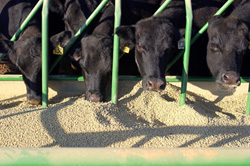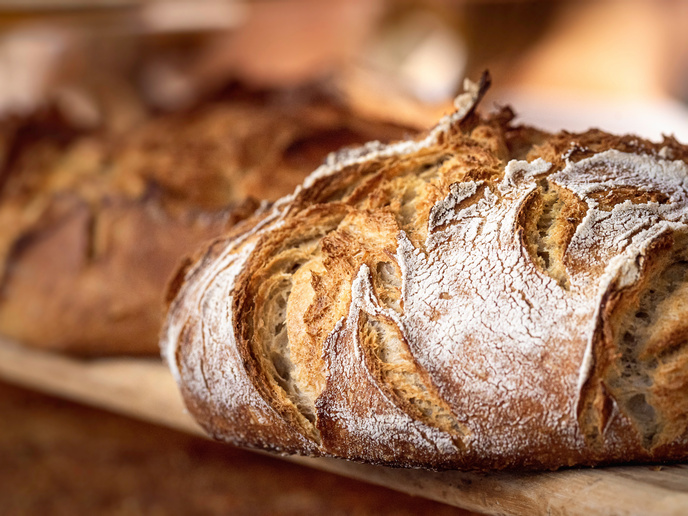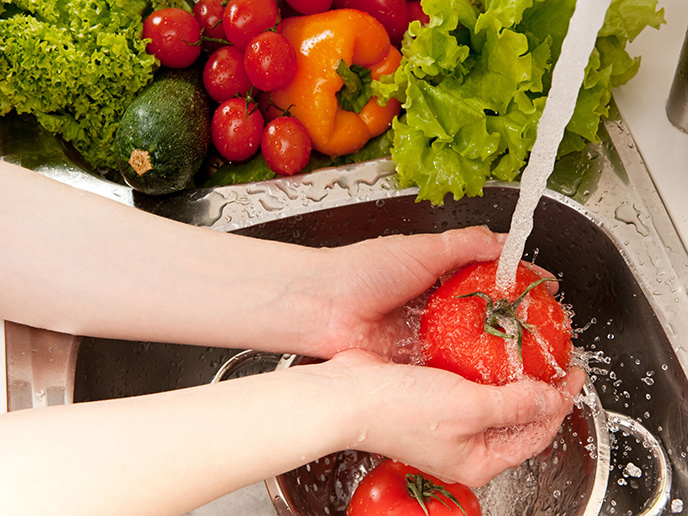Tannins in animal feed
Although tannins bring the leather dying process to mind, tannin biomolecules also have other functions due to their capacity to precipitate various organic compounds including proteins and nucleic acids. Initially mistaken as anti-nutritional factors, recent research in livestock farming has demonstrated the importance of condensed tannins (CT) in feeds, because of their potential benefits for ruminant nutrition and health. Plants produce a wide range of different tannins, and tannin composition can differ enormously between plant species and varieties. Therefore, careful evaluation of tannin structural variation needs to be performed prior to assessing their effects in animal welfare. Seeking to address this issue, the EU-funded ‘Linking tannins, biological activities and genetic maps in a unique willow germplasm collection’ (Tannin Stracture QTL) project analysed the content and structure of tannins in willow leaves. Results indicated extensive variability in total tannin content, polymer size and flavonoid composition among different willow species. Tannins with contrasting structures were isolated and tested for their anti-parasitic (anthelmintic) effects against infective larvae of the stomach parasite, Haemonchus contortus. Principal component analysis is expected to identify which tannin traits were responsible for the observed anthelmintic activity. Results from this research provided novel information regarding the structure and composition of tannins which will prove crucial for animal feeding. Importantly, the Tannin Stracture QTL project demonstrated the use of willow as a more sustainable feeding system for ruminants in the EU.







